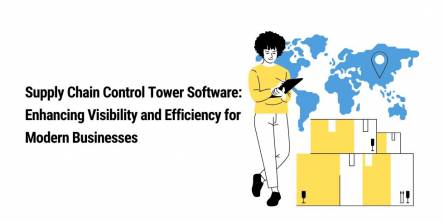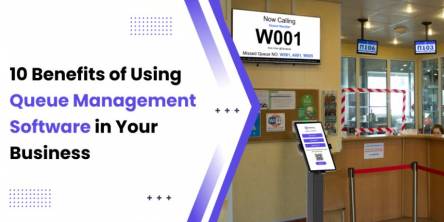How to Efficiently Manage Flow of Funds in Your Business

Running a business is no small task. Statistics from the United States Small Business Administration shows that over 50% of business fail in their first year and 95% fail in their first five years. Other statistics show that 82% of small businesses fail because of cash flow mismanagement.
To stay afloat and beat the odds, you need to manage the flow of funds in your business well. The tips in this article can help you monitor cash flow in your business.
Use cloud-based accounting software:
A lot of small business owners rely on Excel sheets, note taking software and even pen and paper for keeping records of their accounts. These methods are ineffective. Today, there is online accounting software like QuickBooks online that make it easy to monitor your accounts anywhere you are. You also get added functionalities like report generation, charts and other analytical things that make it easier to understand the finances of your business.
Separate personal and business finances:
You should always separate your business account from your personal account. Get a separate savings account and credit card for your business. Put all business expenses on your business credit card. This will help you track your business cash flow better.
Hire a pro:
No matter how you try to keep in touch with your business finances, you can’t do it like a pro. You don’t need to hire them full-time. Having them on a part-time basis is good enough. They can help you with tax planning, cost analysis, and other things. They can give you a lot of cost-saving tips, and they know a lot about legit tax reductions. They can give you an insight of where your business is headed and what pitfalls to avoid. Finally, they might even teach you how to make the most out of tools like this Business Credit Report solution. Solutions such as this can indicate to businesses like yours when your suppliers are most likely to pay their recent invoices, allowing you to plan your cash flow management to an even greater degree of detail from one month to the next. This can help you to stay afloat even when times seem tough.
Use and accept various types of payments:
It’s important to have flexible payment methods to help your cash flow. There are various transaction methods available, and you should offer as many of these payment methods as you can. Accept payments via credit cards, debit cards, checks, cash, online transfer, e-wallets and other payment methods. When you are flexible with your payment methods, you can make payments easily, and you can receive payments more easily. Also, you can reduce transaction fees that come with some conventional payment methods. For example, you can accept checks by phone, fax and the web instead of having to wait for check clearing.
Have a cash flow budget:
You need a spreadsheet that shows you when and how cash flows into your company. You should also have projections on how funds will flow in the next quarter. Use the information from your contracts and payment terms that you have with clients to help you make these projections. A cash flow budget will help you know if your cash flow is enough to cover your expenditure.
Have a cash reserve:
A cash reserve can help you cushion sudden shocks. No matter how adept you are at keeping records and how smooth things are at the moment, anything can happen. The future is unpredictable and sudden events can occur that may demand some cash.
Keep your expenses in check:
You might be running a tight ship already as a small business, but there could still be more that you can do. A lot of small businesses fail because they have more expenses than they can handle. Look for where you can make cuts so that you can have a tighter rein on your expenses. It’s easier to add more overhead as your business grows than having to cut operations because your cash flow can’t cover for services.
Conclusion
Running a business is no mean feat, and remaining in business is even tougher. Don’t let your business crash due to poor cash flow management. Follow the tips in this article, and you will have a tighter grip on your finances.
Similar Articles
Simplify wealth management with advisor-directed trusts—separate roles, tailored investments, and expert oversight for efficient and flexible asset growth.
Let's face it — IT costs are eating your budget, and your CFO is giving you that look again. The one that says, "Find cuts or I will."
Sponsorship platforms are critical in scaling partnership programs in today's fast-paced digital world. Leveraging advanced sponsorship management software allows businesses to seamlessly manage their sponsorship activities, streamline processes, and optimize relationships with partners.
In today’s fast-paced world, businesses are constantly searching for ways to make their supply chains more efficient. Whether it’s managing stock levels, keeping customers happy, or reducing costs, there’s no room for delays or mistakes
Learn how Passive RFID tracking revolutionizes event management with seamless check-ins, real-time attendee insights, and enhanced security. Transform your next event!
The demands of the modern world dictate that a firm must provide its customers with excellent experiences. An essential aspect of this process, which is often randomly overlooked, however, remains how companies handle and organize queues
Discover how sustainable practices and technology in fleet management reduce costs, cut emissions, and drive eco-friendly operations for a greener future.
Boost your business success with CRM strategies. Learn how to enhance customer relationships, streamline operations, and drive performance with key insights.
Discover effective strategies to reduce employee turnover, improve retention, and build a motivated workforce by enhancing work culture, management, and compensation.









